The BTR-MDM Rakushka-M or simply Rakushka is an armoured personnel carrier, based on the hull of a BMD-4M, and designed for the VDV or Russian patatroopers. It was notably designed to operate alongside and protected by the BMD-4M IFV, providing protected mobility foe an entire airborne infantry section. Revealed in 2012 for the MD and 2013 for the MDM, then paraded in 2015, the Russian MoD plan to built 2500 of these light amphibious APCs.
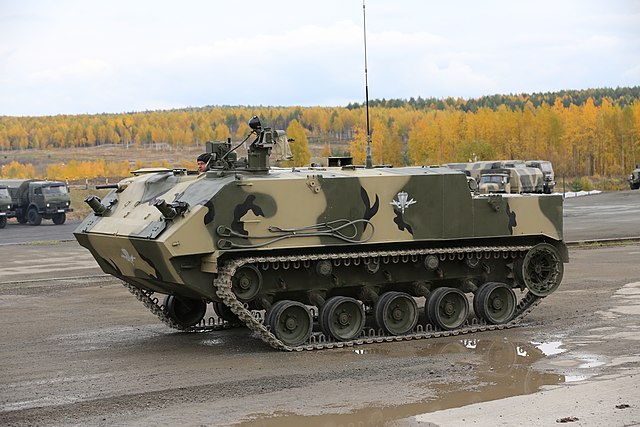
The BTR-MD Rakushka (shell) development was slow, with northing created from 2009 to 2012 and only two armored vehicles delivered to Russian Airborne Forces in 2013, then 8 vehicles allegedly delivered for testing in 2014 and then introduced in service in 2014, notably to be field tested with the improved BMD-4M IFV. The BTR-MD was also proposed to the Russian naval infantry, tested but went nowhere in that respect due to its lack of sea-swimming capabilities.
In 2022, Eight BTR-MDM were reported through OSINT captured from Russian forces at the time of the invasion of Ukraine; As of today accpording to Oryx, 31 have been destroyed or captured.
The Driver is seated in the middle of the vehicle, with a single rear-opening hatch and three periscopes. Left to his position is thge co-driver/MG-gunner with a forward opening hatch and single rotatable sight. The commander's own cupola also had four periscopes. Troops ca, access or leave the vehicle either via the rear door giving access to the deck and protection on both sides, as well as two rectangular roof hatches usable if needed to fire on the move. The powerplant is a 2V-06-2 turbocharged diesel engine rated for 450 hp, located at the rear but the APC also carries an auxiliary power unit to power all systems in case of the engine is shut. Specific power is 30.3 hp/tons. Highway speed is allegedly km/h 71 but over rough terrain, reported to be 45-50 kph on average, on dry dirt road (and 10 kph swimming). Cruising range on highway, is 500 km down to 350 over rough terrain.
The powerplant is a 2V-06-2 turbocharged diesel engine rated for 450 hp, located at the rear but the APC also carries an auxiliary power unit to power all systems in case of the engine is shut. Specific power is 30.3 hp/tons. Highway speed is allegedly km/h 71 but over rough terrain, reported to be 45-50 kph on average, on dry dirt road (and 10 kph swimming). Cruising range on highway, is 500 km down to 350 over rough terrain.
The BTR-MDM is fully amphibious, propelled by two waterjets and up to Sea State 3. Its hydropneumatic suspensions has a variable height control in order to be lowered and paradropped from platforms. It was designed for the VDV medium cargo aircraft such as the Ll-76 with just three remaining inside when dropped. Each Il-76 can carry two and a single one can be heli-slinged under a Mi-26. It could climb a 35° slope, a 0.8 m vertical obstacle, overcome a 1.5 m ditch or 1.8 m trech for other sources and being fully Amphibious, cross any water obstacle.
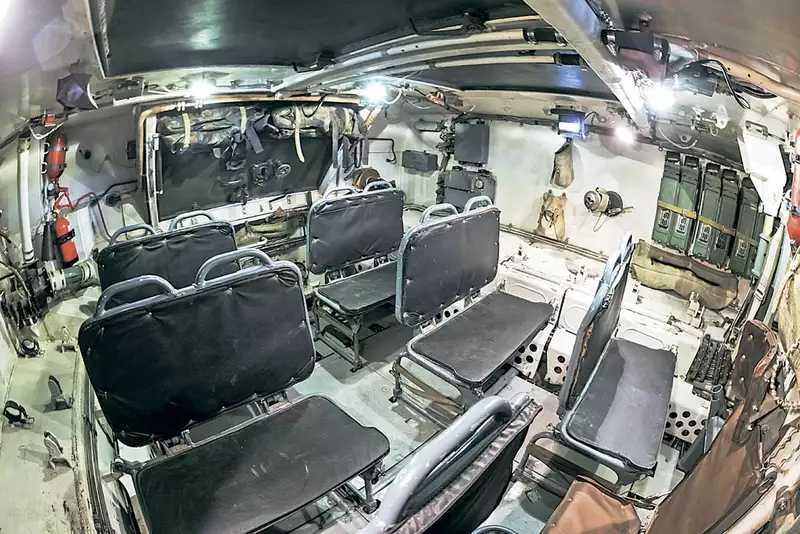
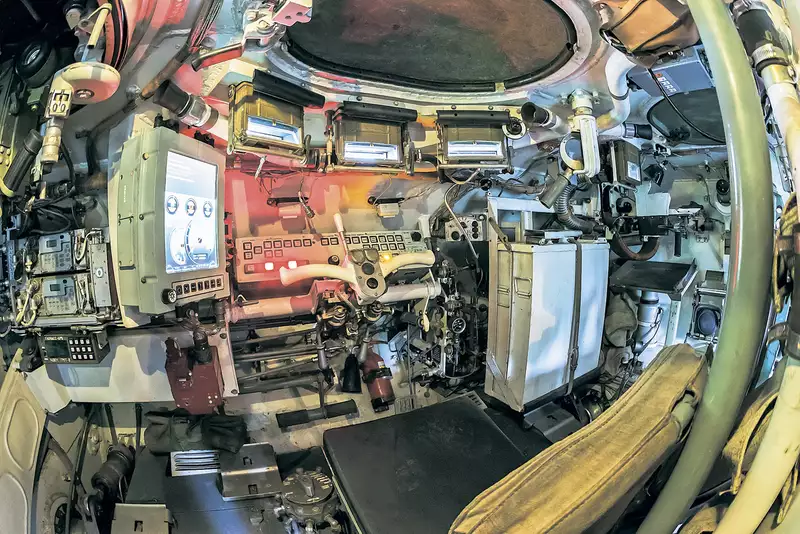
Interior views, combat compartment and back compartment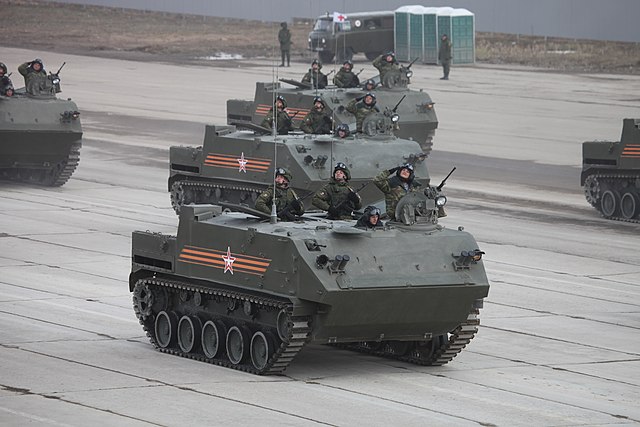
MDM in 2015 Parade
Main production version, first revealed 2013, sharing many components with the BMD-4M IFV but with the engine, transmission, waterjets from the BMP-3M, UTD-29 diesel rated for 500 hp and new road wheels. 12 evaluated in 2015, adopted 2016. Saw combat in Ukraine. All these vehicles can be heliborne, by a MI-26 helicopter, on the external sling.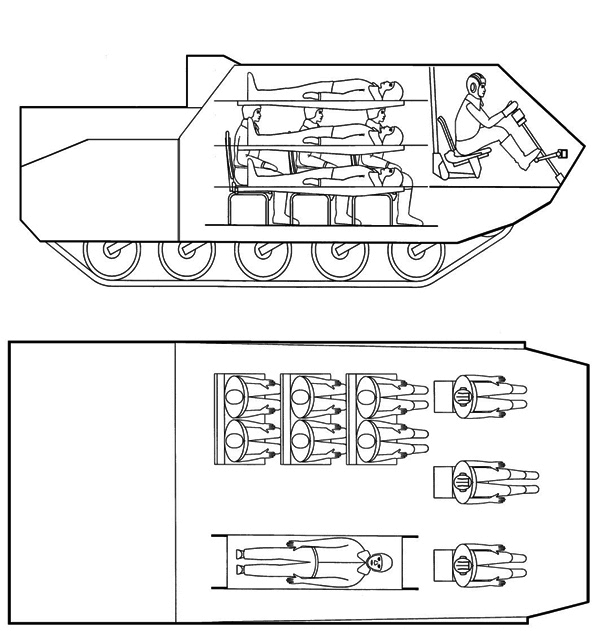
"Travmatizm" ("Injuries")Armored Ambulances are the new model to equip medical airborne units, created on the basis the BTR-MD UAB Device control from Aprelevka (Moskow oblast) and manufactured by the Volgograd factory. Main function it the search and evacuation of wounded paratroopers from the battlefield and treat most urgent cases, stabilize others. This is the first aid in the evacuation process. To extract injured personal from difficult to access sites, it is equipped with a winch and crane boom. It is the base for a small field medical team of four on the D1 and five on the D2.
The D1 is the evacuation vehicle, with limited first aid capabilities. It has 6 Places for injured personal, 2 sitting, or 7 lying, one sitting, or 11 all-seated and one aft in the reclining on the armor. The D2 is more elaborate, and operated a medical platoon at Battalion level for pre-treatment or medical first aid/urgent treatment with frame tent for 6 wounded. The D3 is the reinforced medical vehicle based on the 7 roadwheels extended chassis and more extensive treatment capabilities.
Command post vehicle (unnamed)*
Recovery vehicle (unnamed)*
*with a stretched chassis, 7 road wheels and 510 hp engine as the 2S25
armyrecognition.com BTR-MDM
odin.tradoc.army.mil
militarytoday.com
militaryrussia.ru
ОПК: около ста БТР «Ракушка» будут оснащены новейшими средствами связи
valka.cz
/eng.mil.ru
russiandefpolicy.com
rus.team
mil.co.ua
vpk.name/i
on twitter.com
globalsecurity.org
russiadefence.net
soldat.pro
On thaimilitaryandasianregion.wordpress.com
oryxspioenkop.com
dniprotoday.com
Under the Tula are tested new BTR-MDM
www.kolesa.ru
Three battalion of the kit BMD-4M and over 60 BTR-MDM "Rakushka" get airborne this year
zr.ru
3D
bmpd.livejournal.com
Development of the Object 955

Origin
BTR-MD "Rakushka" was developed in 2009 as a Multi-role transport vehicle derived at firs from the BMD-3 airborne IFV, with a tailored, much larger hull and no turret. It was the replacement of legacy Soviet BTR-D (1974). The new type was not only developed to carry an infantry section, but to used to transport troops, fuel, ammunition or wounded personnel as ambutank. It was subsequently, thanks to its roomy hull, further developed as a basis for a new range of specialised vehicles for the Russian airborne forces (see below). In the name "D" indeed means "Desanta" (dropped).The BTR-MD Rakushka (shell) development was slow, with northing created from 2009 to 2012 and only two armored vehicles delivered to Russian Airborne Forces in 2013, then 8 vehicles allegedly delivered for testing in 2014 and then introduced in service in 2014, notably to be field tested with the improved BMD-4M IFV. The BTR-MD was also proposed to the Russian naval infantry, tested but went nowhere in that respect due to its lack of sea-swimming capabilities.
Production and current status
The BTR-MD seemingly was built in small numbers for testing and improvements, then production swapped to the better BTR-MDM, officially adopted in 2016 with a mass production decided for a total of 2500 vehicles. By 2017 it was estimated the airborne possessed around 80-100 MDM with 58 more ordered in 2018, procured until 2020-21 and up to 200 BTR-MDMs delivered by 2024. Due to the war in Ukraine it's likely production was stopped amidst new priorities (it's not the main Russian APC and airborne had no use in Ukraine). Future will tell if it will be delivered in larger numbers as expected back in 2016.In 2022, Eight BTR-MDM were reported through OSINT captured from Russian forces at the time of the invasion of Ukraine; As of today accpording to Oryx, 31 have been destroyed or captured.
Design
Hull and general layout
The BTR-MD is based on the BMD-4 combat vehicle with the turret removed, the hull enlarged making it far roomier than the past BTR-D and this new space was made to be tailored for many roles. As an airborne vehicle, its hull is welded from aluminum alloy armor. Combat weight is 13.2 tonnes, with two crew forward (driver, cdr) and 13 infantry seated at the back. As manufactured by Kurganmashzavod the final MDM is 6,085 mm long, 3,150 mm in width anf 2,700 mm high, so much beefier and taller than the BTR-D it replaced, but with a ground clearance ranging from 100 to 500 mm thanks to its active suspensions system. Its rear compartment is accessed from above the engine deck, and the payload capacity is of 2,000 kg.The Driver is seated in the middle of the vehicle, with a single rear-opening hatch and three periscopes. Left to his position is thge co-driver/MG-gunner with a forward opening hatch and single rotatable sight. The commander's own cupola also had four periscopes. Troops ca, access or leave the vehicle either via the rear door giving access to the deck and protection on both sides, as well as two rectangular roof hatches usable if needed to fire on the move.
Engine and performances
 The powerplant is a 2V-06-2 turbocharged diesel engine rated for 450 hp, located at the rear but the APC also carries an auxiliary power unit to power all systems in case of the engine is shut. Specific power is 30.3 hp/tons. Highway speed is allegedly km/h 71 but over rough terrain, reported to be 45-50 kph on average, on dry dirt road (and 10 kph swimming). Cruising range on highway, is 500 km down to 350 over rough terrain.
The powerplant is a 2V-06-2 turbocharged diesel engine rated for 450 hp, located at the rear but the APC also carries an auxiliary power unit to power all systems in case of the engine is shut. Specific power is 30.3 hp/tons. Highway speed is allegedly km/h 71 but over rough terrain, reported to be 45-50 kph on average, on dry dirt road (and 10 kph swimming). Cruising range on highway, is 500 km down to 350 over rough terrain.
The BTR-MDM is fully amphibious, propelled by two waterjets and up to Sea State 3. Its hydropneumatic suspensions has a variable height control in order to be lowered and paradropped from platforms. It was designed for the VDV medium cargo aircraft such as the Ll-76 with just three remaining inside when dropped. Each Il-76 can carry two and a single one can be heli-slinged under a Mi-26. It could climb a 35° slope, a 0.8 m vertical obstacle, overcome a 1.5 m ditch or 1.8 m trech for other sources and being fully Amphibious, cross any water obstacle.


Interior views, combat compartment and back compartment
Protection
The light aluminium alloy hull is only providing protection from small arms fire, artillery shell splinters, estimated 12-14 mm on the nose, 8 mm elsewhere. It is also fitted with a collective NBC protection, automatic fire suppression systems in the engine and troop compartments. Each vehicle also sportrs a pair of smoke dischargers on the forward nose, close to the blackout and road lights.Armament
It is limited to two 7.62 mm PKTM light Machine guns, one in a ball mount on the glacis nose left, manned by the copilot, and one on top of the commanders hatch ring mount, remotely-controlled for self-defense by the commander. It seems the ring mount can, also use a 30 mm automatic grenade launcher, not seen on photos apart the 2015 parade vehicles. Of course the infantry section of 13 carries its personal weapons, including if needed one heavy HMG, MANPADS, ATGM, and light mortars among others. The vehicle has no pistol ports, but roof hatches, sealed as it is both amphibious and NBC protected.Variants
BTR-MDM

MDM in 2015 Parade
Main production version, first revealed 2013, sharing many components with the BMD-4M IFV but with the engine, transmission, waterjets from the BMP-3M, UTD-29 diesel rated for 500 hp and new road wheels. 12 evaluated in 2015, adopted 2016. Saw combat in Ukraine. All these vehicles can be heliborne, by a MI-26 helicopter, on the external sling.
RKhM-5M
Chemical reconnaissance vehicle, replacement for the RKhM-5, based on the BMD-3 chassis.BMM-D1/D2/D3

"Travmatizm" ("Injuries")Armored Ambulances are the new model to equip medical airborne units, created on the basis the BTR-MD UAB Device control from Aprelevka (Moskow oblast) and manufactured by the Volgograd factory. Main function it the search and evacuation of wounded paratroopers from the battlefield and treat most urgent cases, stabilize others. This is the first aid in the evacuation process. To extract injured personal from difficult to access sites, it is equipped with a winch and crane boom. It is the base for a small field medical team of four on the D1 and five on the D2.
The D1 is the evacuation vehicle, with limited first aid capabilities. It has 6 Places for injured personal, 2 sitting, or 7 lying, one sitting, or 11 all-seated and one aft in the reclining on the armor. The D2 is more elaborate, and operated a medical platoon at Battalion level for pre-treatment or medical first aid/urgent treatment with frame tent for 6 wounded. The D3 is the reinforced medical vehicle based on the 7 roadwheels extended chassis and more extensive treatment capabilities.
MRU-D (9S931-2)
Radar Carrier based on the BTR-MDM used for organic detection of low to and medium altitude aircraft, helicopters or UAVs up to 40 km. Cmputerized systems to track 100 targets simultaneously. Provides data for MANPADS teams (Verba) with the data delivered in the operator's sight. The rear compartment had been modified to include two workstations, with one dismountable, to be operated remotely. 5 minutes preparation time. First delivered in 2018, quantity unknown, not seen in Ukraine. mil today PhotoMP-D (9S931-3)
Automated air defense control system carrying the Barnaul-T system. 150 km detection range at medium altitude, same capacity to track 100 air targets simultaneously and feed data to MANPADS teams. Modified rear compartment for 6 workstations of which 4 could be remotely operated. Likely used as a batallion level, MRU-D at company levels. mil today PhotoOthers
Mortar platform (unnamed)Command post vehicle (unnamed)*
Recovery vehicle (unnamed)*
*with a stretched chassis, 7 road wheels and 510 hp engine as the 2S25
specifications | |
| Dimensions (L-w-h) | 6.1 x 3.1 x 2.5 m |
| Total weight, battle ready | 13.2 Tons (xxx lbs) |
| Crew | 2 + 13 infantry |
| Propulsion | 2V-06-2 diesel 450 hp |
| Speed (land/water) | 70 km/h ground(road) 10 km/h swimming |
| Range (on flat) | 500 km |
| Armament | 1x 7.62 mm |
| Armor | c14 mm - 8 mm |
| Total production | c250 estimated 2024 |
Related links
armyrecognition.com BTR-MDarmyrecognition.com BTR-MDM
odin.tradoc.army.mil
militarytoday.com
militaryrussia.ru
ОПК: около ста БТР «Ракушка» будут оснащены новейшими средствами связи
valka.cz
/eng.mil.ru
russiandefpolicy.com
rus.team
mil.co.ua
vpk.name/i
on twitter.com
globalsecurity.org
russiadefence.net
soldat.pro
On thaimilitaryandasianregion.wordpress.com
oryxspioenkop.com
dniprotoday.com
Under the Tula are tested new BTR-MDM
www.kolesa.ru
Three battalion of the kit BMD-4M and over 60 BTR-MDM "Rakushka" get airborne this year
zr.ru
3D
bmpd.livejournal.com
Illustrations
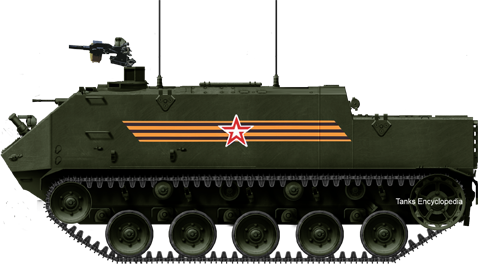
2015 presentation of the BTR-MD
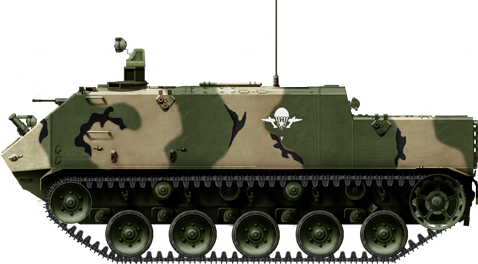
Camouflaged BTR-MDM
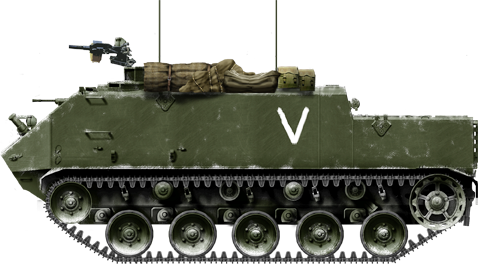
BTR-MDM in Ukraine Invasion, winter fall 2022
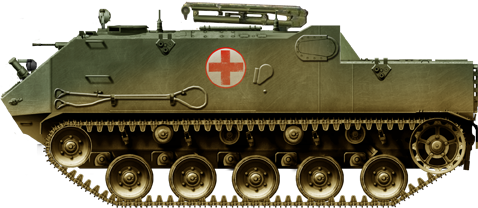
BMM-D1 ambutank
Gallery
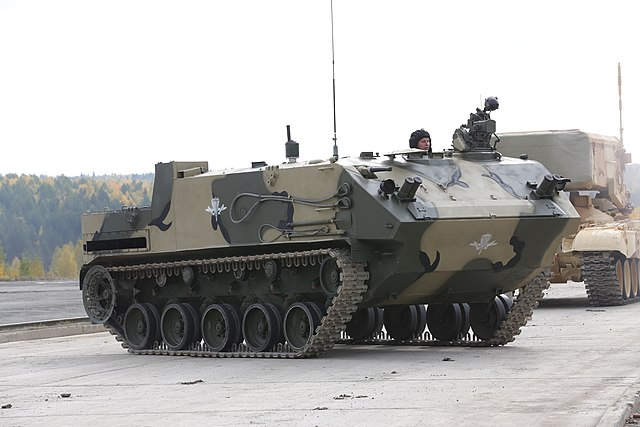

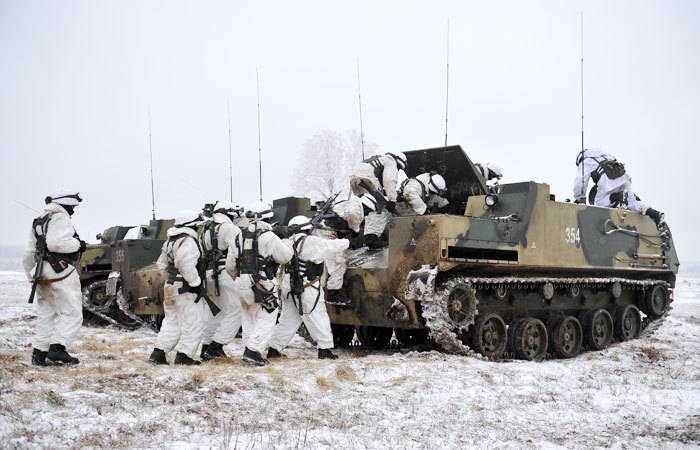
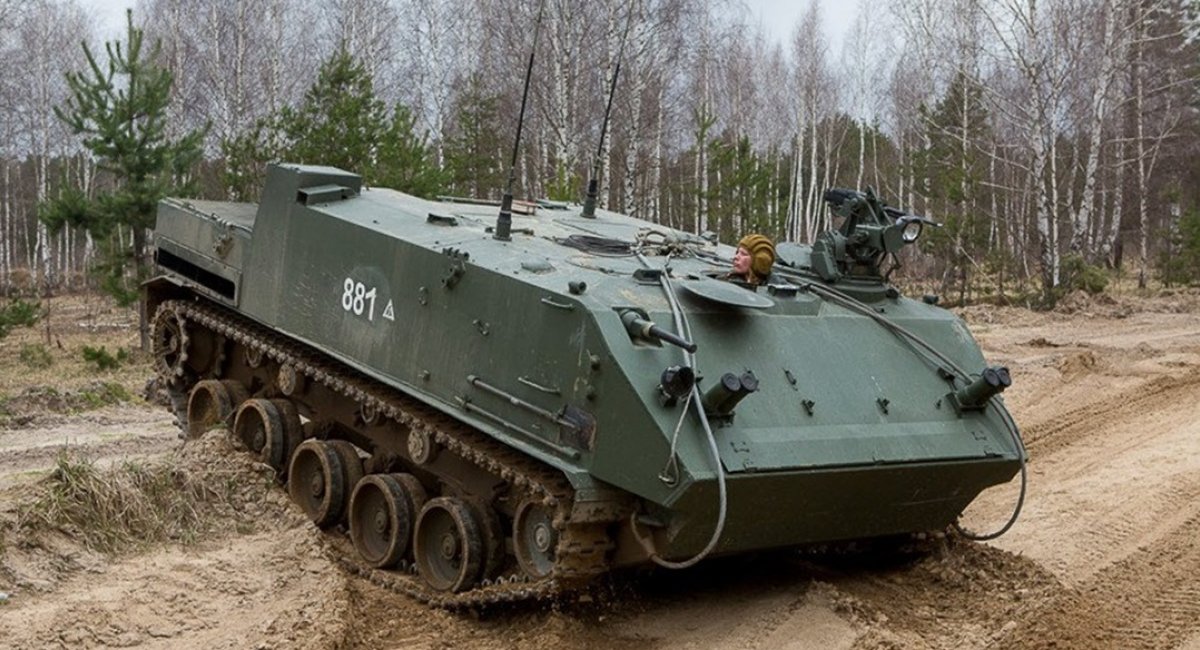
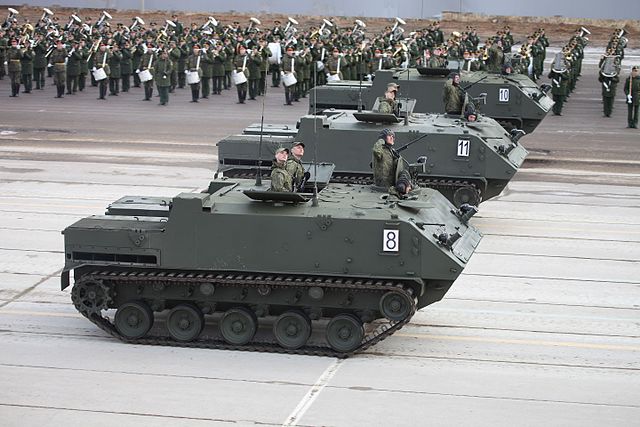
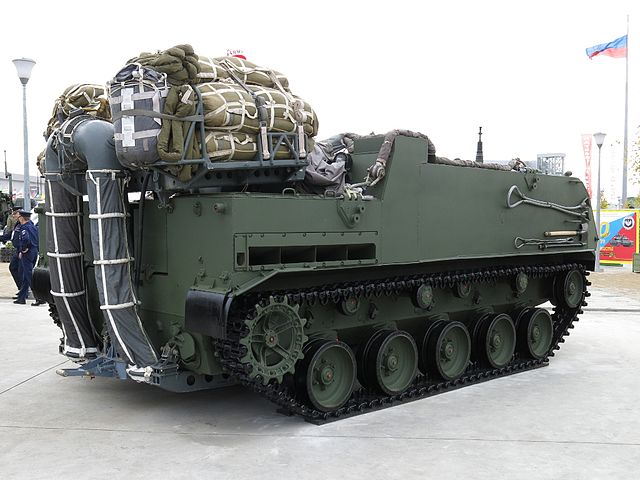
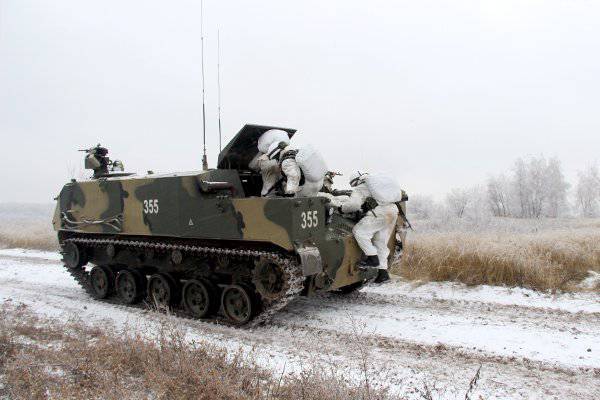
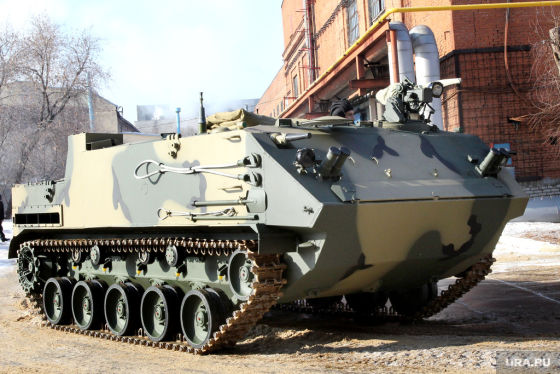
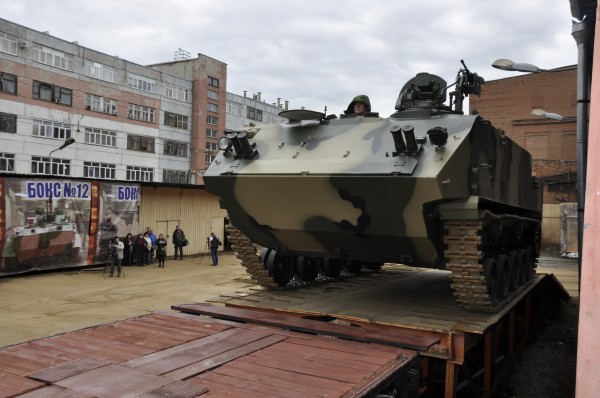
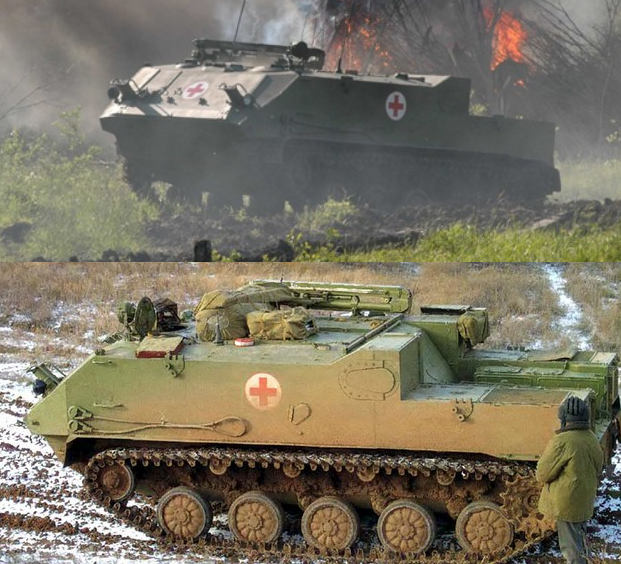
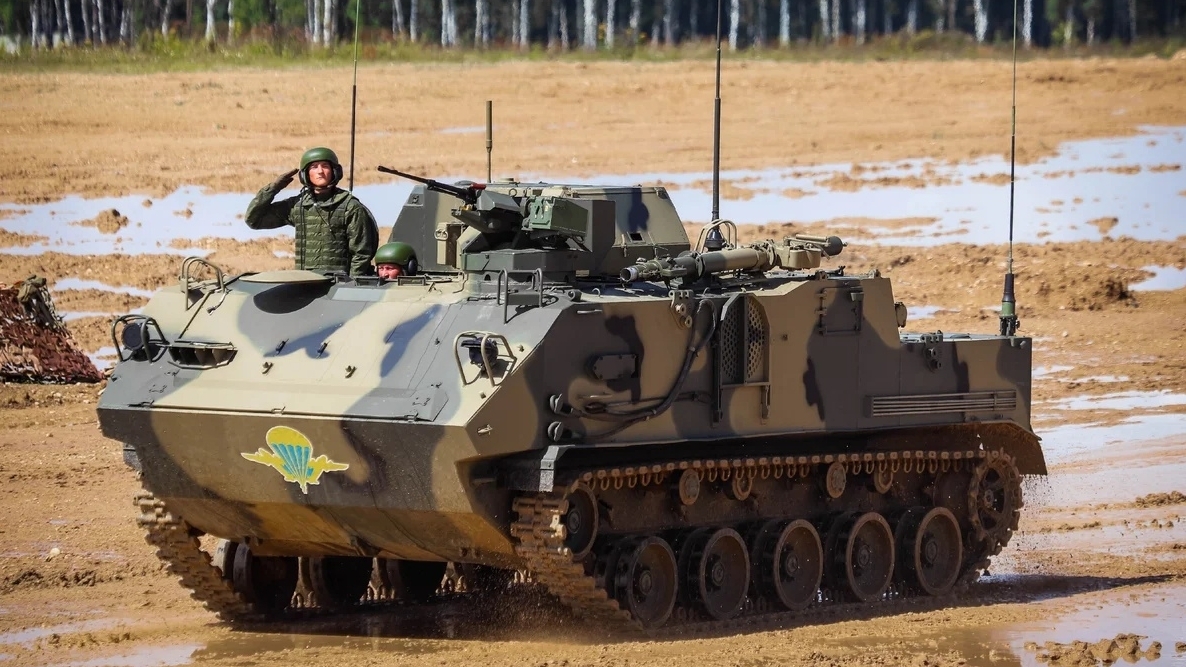
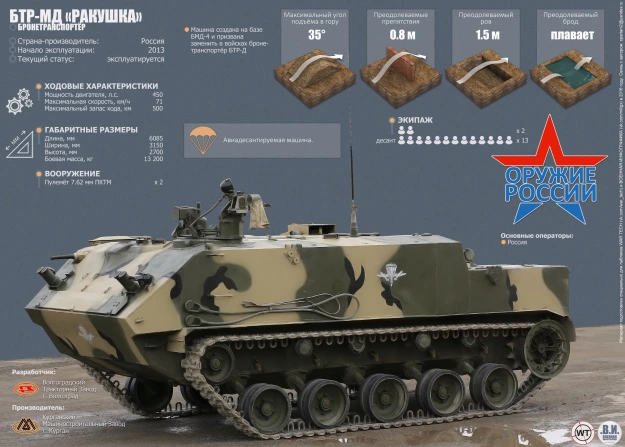
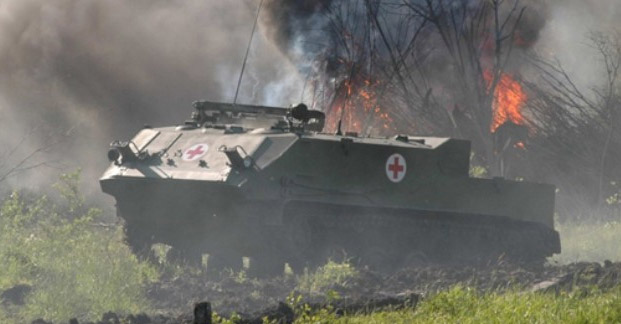
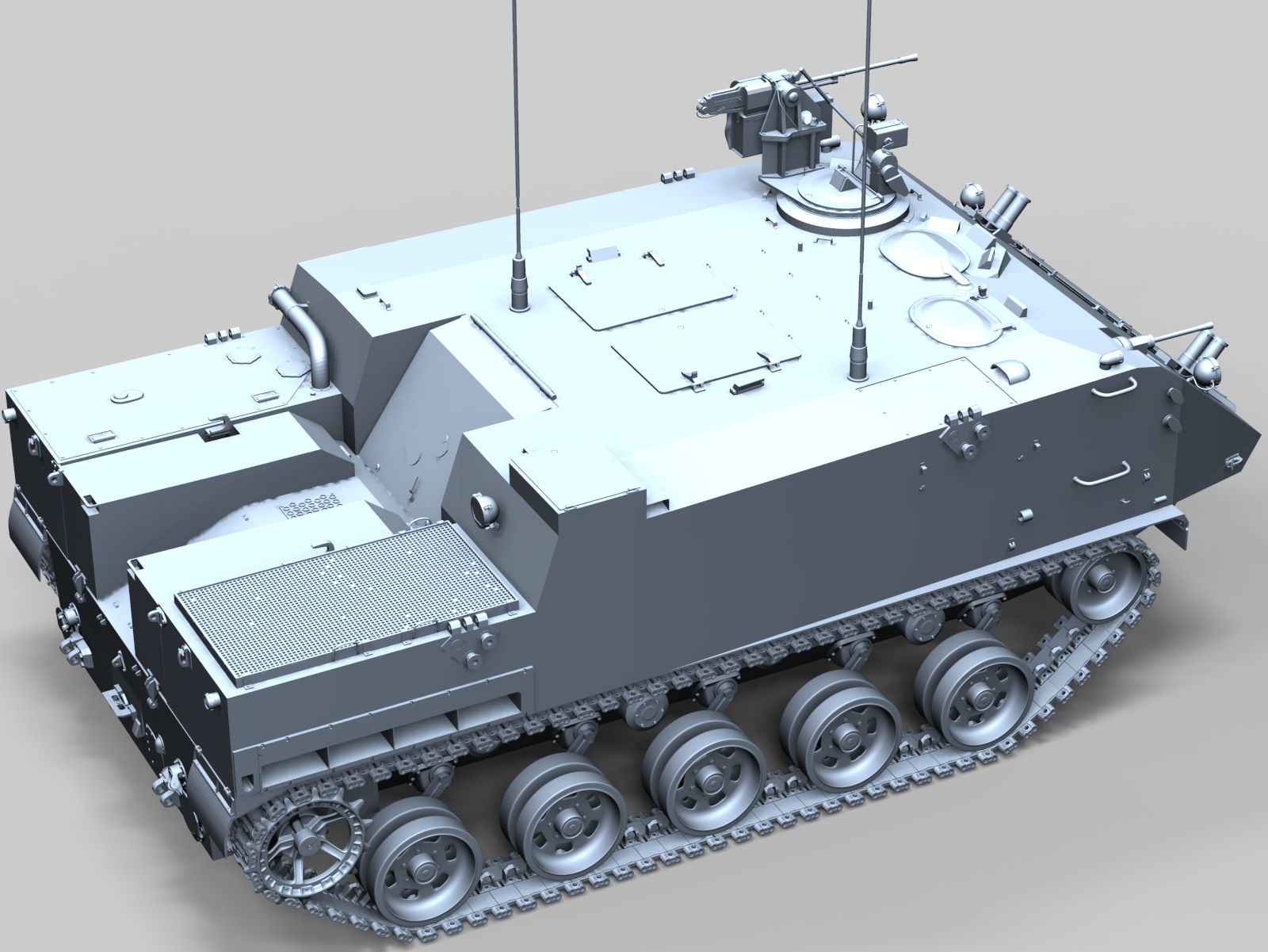

Modern Tanks
Modern MBTs posters

Denel Bagder (2018)

Type 16 MCV (2016)

Gepard 1A2 last rounds 2011

SANDF

Russian AFVs

Main Battle Tanks
